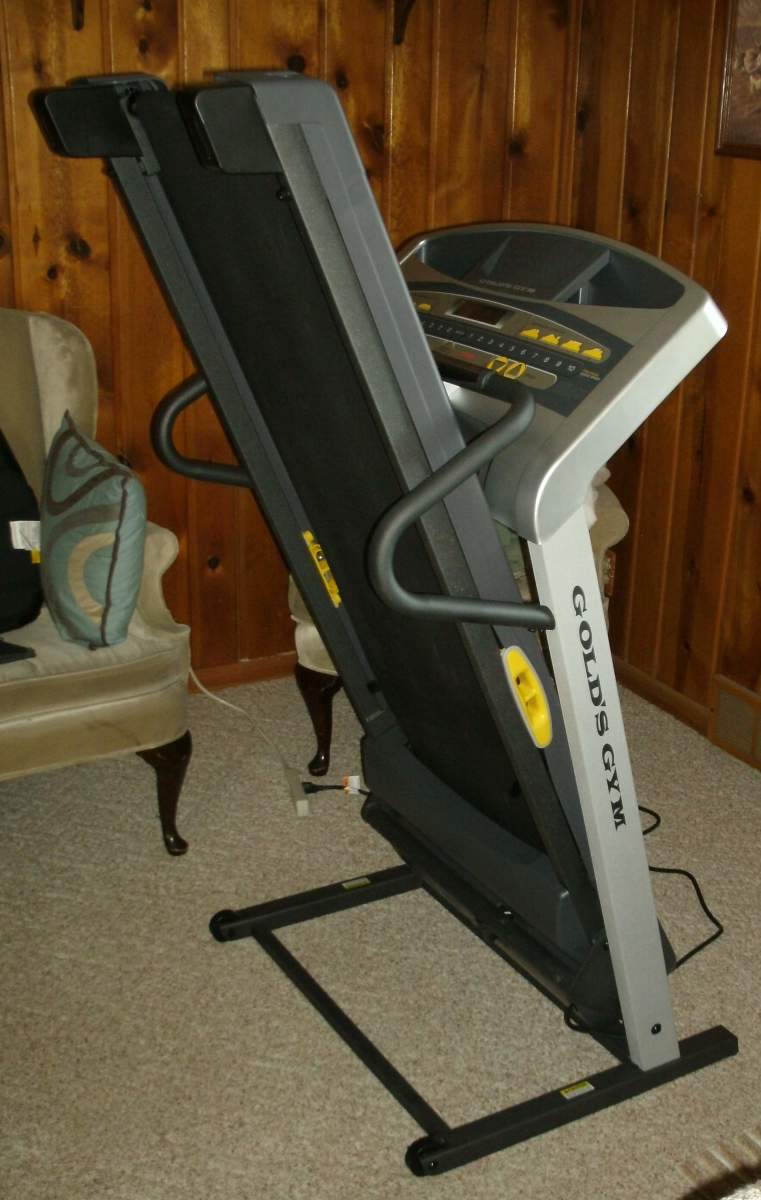What Is Interval Training - How Your Body Adapts to Too Much Regular Cardio
What is Interval Training?
High Intensity Interval Training (HIIT for short) is what professional sprinters and athletes use to cut down body fat levels to the single digits and ultimately put their athletic abilities through the roof. While it is usually shorter in duration than a normal cardio session, it is much more intense. HIIT can be used to shred layers of fat off your body, revealing a lean, hard muscular physique.
Interval training should not be done by people with serious heart problems, without first consulting their physician. It is extremely demanding on the body, especially the heart, and therefore should only be done by individuals who are already in relatively healthy condition.


Interval Training vs. Regular Cardio
Many people ask me whether they should do interval training or regular cardio. The only time I advise they do the latter, is if they are extremely overweight or have heart problems. In either of those two cases, high intensity interval training can actually be dangerous. For everyone else, I recommend doing interval training over regular cardio, hands down, and I'll explain why.
The first reason is because normal cardio only burns fat while you're actually doing it. The second you get off the treadmill after a plain-jane cardio session, your body immediately goes back to it's normal metabolism speed and no more fat burning takes place until you do it again. With interval training, however, you continue to burn fat around the clock for up to 24 hours after finishing a short, 25 minute session of it. Normal cardio simply cannot compare to the results you get from interval training.
The second reason is that the more you do cardio, the longer you have to do it next time in order to keep burning fat. Your body has a defense mechanism where it adapts to the amount of cardio you do, so you end up being required to do more and more and more just to keep burning the same amount. The problem here is that after an hour of cardio, your body starts to eat its own muscle tissue and release cortisol. This hurts you in two ways:
- Each pound of muscle weight on your body, automatically burns 50 calories a day just to feed itself, so your body becomes less effective at burning fat after consuming its own muscle.
- Cortisol is a hormone that causes your body to hold onto fat, storing it and making it much more difficult to burn in the future.
The third reason is simply because the shapes of the physical bodies of people who do each speak for themselves. For example, take a look at the pictures to the right of this section of the article. On the top, you see a professional sprinter (sprinting is what HIIT is all about). Notice how his body is lean, hard and muscular. Right below his picture, you will see a professional marathon runner. Look at how sickly, emaciated and thin his body looks. Not that he's necessarily in bad shape, but his skin is very loose and his body is frail and thin. The reason for this is that normal, steady-state cardio uses your slow twitch muscles, which work for endurance and are usually much smaller. Sprinting and interval training, however, uses your larger fast twitch muscles which are used for huge amounts of strength over a short period of time. Working your fast twitch muscles has a much bigger effect on boosting your metabolism, which will help you shed loads of fat much faster than you could have done it with steady state cardio.
For these three main reasons, I recommend most people do interval training instead of destructive steady-state cardio.
How To Do Interval Training
While slightly more complicated than a session of regular cardio, interval training is pretty simple and easy to figure out.
First, you start off with a five minute walking warm up. You don't want to walk so fast that it feels like the work out already started though. You should just walk at a speed that you'd walk if you were taking a stroll down the street. Not super slow though. It should get your heart beating a little.
After five solid minutes of a walking warm up, you will begin your first round. Each round consists of one minute sprinting all out as fast as you can at a steady speed without slowing down followed by two minutes of a nice comfortable jog.
Your sprints should be fast enough that you feel like you couldn't possibly go a few seconds longer than a solid minute. If at the end of one minute, you feel like you could ''sprint'' at the same speed for longer, you need to up the speed on your next round. Just be careful not to hurt yourself though. The point of interval training is not to go flying off the treadmill at the gym and embarrass yourself in front of everyone.
The jogs should be slow enough that you feel like you're recuperating enough to do another hardcore, all out sprint at the beginning of the next round, but fast enough that you couldn't walk that speed.
To sum up the entire work out, you should do five minutes of a walking warm up, five rounds which totally 15 minutes and then a walking cool down of five more minutes for a grand total of 25 minutes of interval training.
If you do everything right and pick the right speeds, you will feel like you're on cloud nine when you finish this workout routine. Yes, it may be excruciatingly painful during it, but when you hit that cool down, you'll feel like you're high on some kind of drug, I kid you not. Interval training causes your brain to release HUGE doses of natural pain killing chemicals and pleasure hormones like serotonin.
If you are trying to lose weight, do this program three or four times per each week. If you are trying to just tone up the muscle you already have, do this program once or twice a week and if you are trying to gain muscle, do this program only once a week.








